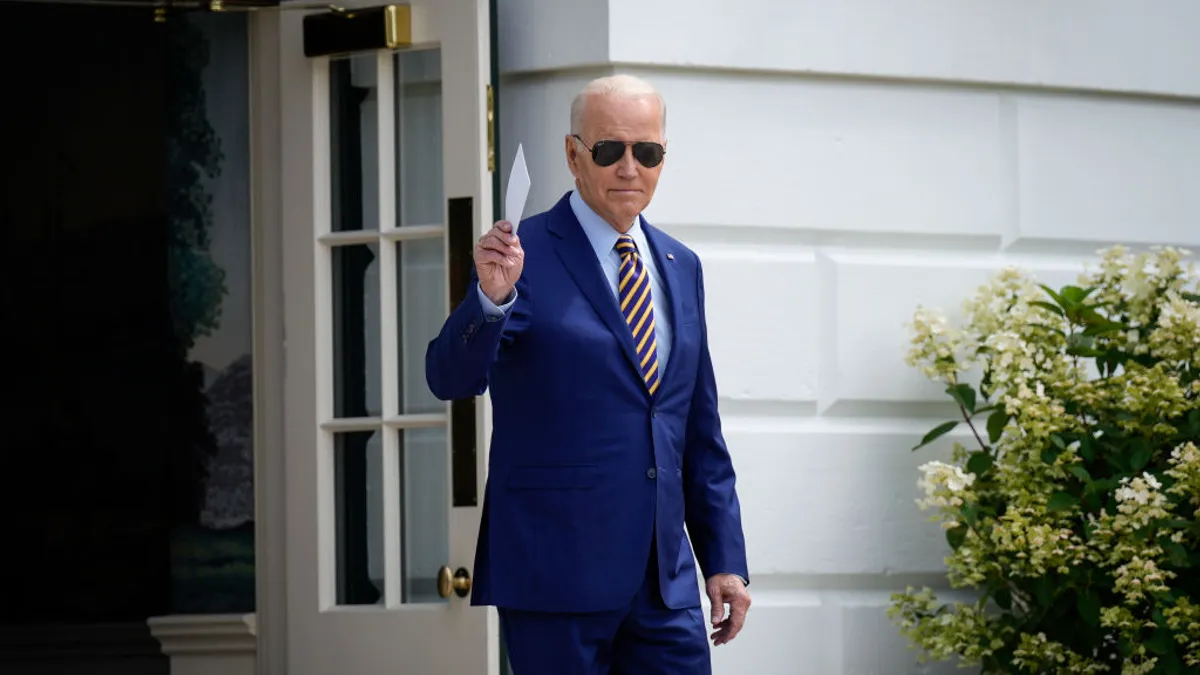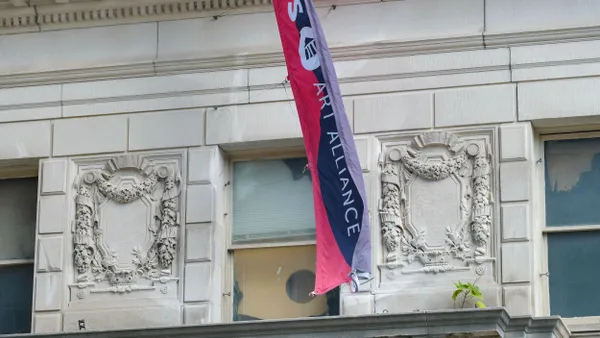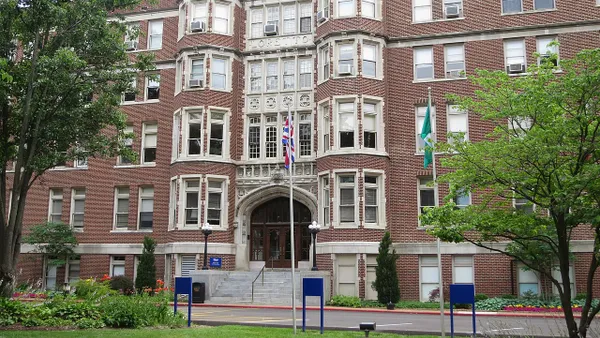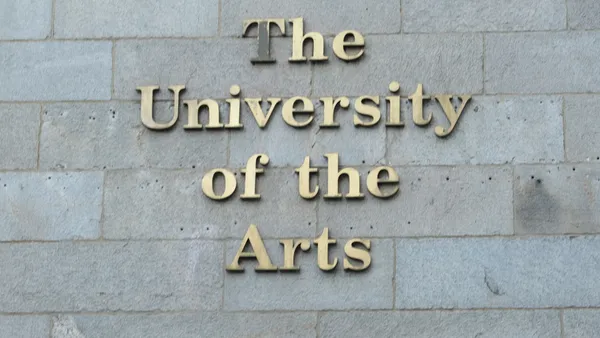Dive Brief:
- Hartwick College, in New York, announced Tuesday it will more than halve its sticker price as part of a broader push for transparency and student well-being.
- Beginning with the 2025-26 academic year, the listed tuition and fees for new and returning students will be $22,000. Prior to the restructuring, the sticker price in 2025-26 would have been $59,359, an 8% increase from the current year’s listed cost.
- Students at the private liberal arts institution will be eligible for up to $10,000 in merit scholarships under the new model.
Dive Insight:
Tuition sticker price — the publicly advertised rate — often leaves prospective students and their families in the dark about what attendance would actually cost, with one economics professor going so far as to call the number meaningless.
In 2019-20, just 16% of students at private nonprofit colleges paid their institution's full sticker price, according to a recent analysis from The Brookings Institution.
Some colleges have taken to resetting their tuition rates — lowering their published sticker price to better reflect what the average student pays after factoring in institutional scholarships.
Interim President James Mullen Jr. said Hartwick's new pricing structure is a move toward a better student experience through transparency and clarity, though officials avoided using the term reset.
"Of all the stresses students face, this has been a big one — trying to sort out the higher education tuition," Mullen said. "We're taking that stress away."
He said the simplified pricing could also help attract students to the college. In fall 2022, Hartwick enrolled just over 1,100 students, down 8.2% from about 1,200 five years prior, according to federal data.
The college's average discount rate for first-year students is currently about 70%, according to Bryan Gross, Hartwick's vice president for enrollment management.
In the 2023-24 academic year, the average discount rate for first-year, full-time students at private nonprofit colleges hit 56.1%, an all-time high for the industry, according to the National Association for College and University Business Officers.
Now, students will know what they're paying up front, thanks to a sticker price drop and a corresponding decrease in institutional aid, Gross said. The college will also continue to offer need-based aid.
Hartwick announced the tuition change in tandem with an increased focus on holistic student well-being.
Starting this academic year, a "Life Balance Credit" lets students earn up to $500 off their bill annually by participating in campus activities geared toward physical, emotional and professional development.
The program allows the college to "put our money where our mouth is," Gross said. It's an option for all students, including seniors set to graduate in the spring.
Hartwick began working on tuition transparency at the beginning of 2024. Its announcement this week came quick by academic standards, something Mullen attributed to buy-in and support from the college's board, employees, students and alumni.
Gross said the administration shared its intention to rethink its tuition model with the campus community from the start. For example, senior college leadership brought in economics faculty early on to discuss the college's financial status and get feedback on potential paths forward.
"This campus has the capacity to be nimble in a way that I haven't always seen in higher education," Mullen said.
The shift from a high price-high discount tuition model to a low price-low discount model is part of Hartwick's long-term viability strategy, Gross said.
"We're really thinking deeply about, not only what the student situation is going to be this year or next year, but how we're going to continue to be able to stay ahead of the curve in the next five or six years," he said.














